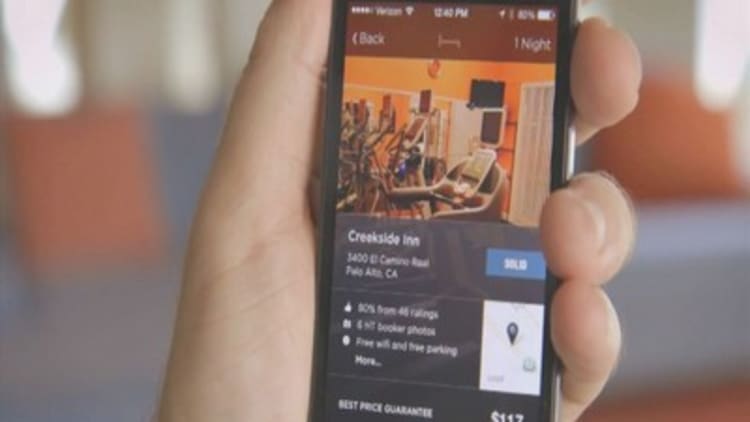
Competing with fractured attention spans and now ad-block blocking software, advertisers are being forced to find new ways to reach consumers.
It's increasingly a matter of necessity, now that consumers' use of ad-blocking software has increased so much that it's expected to cost publishers nearly $22 billion in 2015 alone, according to a report by PageFair.
"Ad blocking is robbery, plain and simple — an extortionist scheme that exploits consumer disaffection and risks distorting the economics of democratic capitalism," Interactive Advertising Bureau President and CEO Randall Rothenberg wrote on AdAge.com in September.
And as a result of ad-blocking software, many advertisers have turned to native advertising, said Ted Murphy, CEO of Izea, a company that connects brands with bloggers and other web content creators. Native ads look similar to editorial content produced by traditional web publishers, but they usually carry some kind of design feature to distinguish it from non-sponsored content.
Social media advertising is also in for a dramatic upswing, according to trade publication Marketing Land.
Facebook, Instagram, Twitter and Snapchat all serve their share of ads. And companies are expected to dramatically boost their spending on social-media advertising in the next few years.
In 2015, advertisers are expected to spend $23.68 billion on social media campaigns, a 33.5 increase from 2015, according to research from eMarketer. By 2017, social media ad spending should reach $35.98 billion, or 16 percent of all digital ad spending.
Separately, Internet giant Yahoo appears to be punishing users that utilize ad-blocking software. That company confirmed reports that it's keeping some of its Yahoo Mail users from seeing their own emails until they disable that software, according to The Washington Post.
A Yahoo spokesman told CNBC in a email that the company is "continually developing and testing new product experiences. This is a test we're running for a small number of Yahoo Mail users in the U.S."





